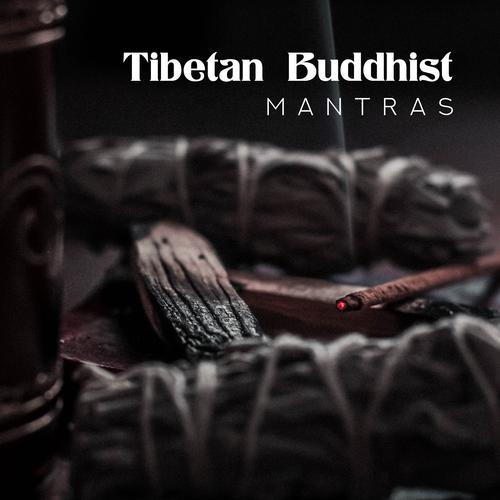
Om Buddhist Symbol: A Comprehensive Overview
The Om Buddhist symbol, often depicted as a sacred syllable, holds immense significance in the rich tapestry of Buddhist philosophy and spirituality. This article delves into the various dimensions of the Om symbol, exploring its origins, meanings, and its role in Buddhist practices.
Origins of the Om Symbol
The Om symbol is believed to have originated in the Vedic tradition, predating Buddhism. It is considered to be the primordial sound from which the universe emerged. In Hinduism, it is considered to be the sound of the universe and is often chanted as a mantra.
The symbol itself is a combination of three letters: ‘A’, ‘U’, and ‘M’. Each of these letters represents a different aspect of the universe. The ‘A’ represents the past, the ‘U’ represents the present, and the ‘M’ represents the future. Together, they symbolize the eternal cycle of creation, preservation, and destruction.
Meanings of the Om Symbol
The Om symbol carries several meanings in Buddhism, each contributing to its profound significance.
1. The Sound of the Universe: Om is considered to be the sound of the universe. It is believed that when Om is chanted, it resonates with the entire cosmos, bringing harmony and balance.
2. The Primordial Sound: Om is also seen as the primordial sound from which all other sounds arise. It is the sound of the universe before it was created, and it represents the ultimate reality.
3. The Path to Enlightenment: In Buddhism, Om is considered to be a powerful mantra that can lead practitioners to enlightenment. It is believed that by chanting Om, one can purify the mind and achieve spiritual awakening.
Role in Buddhist Practices
The Om symbol plays a crucial role in various Buddhist practices, including meditation, chanting, and rituals.
1. Meditation: Om is often chanted during meditation to focus the mind and achieve a state of tranquility. It helps practitioners to connect with their inner selves and experience the unity of all things.
2. Chanting: Om is a central part of many Buddhist chants. It is believed that by chanting Om, practitioners can invoke the blessings of the Buddha and attain spiritual progress.

3. Rituals: Om is often used in Buddhist rituals, such as the initiation of monks and the consecration of sacred spaces. It is considered to be a powerful tool for creating a sacred atmosphere and invoking the presence of the Buddha.
Symbolism in Art and Architecture
The Om symbol is also a prominent feature in Buddhist art and architecture.
1. Art: Om is often depicted in Buddhist art, particularly in the form of intricate designs and patterns. These representations serve as a reminder of the symbol’s significance and its connection to the universe.
2. Architecture: Many Buddhist temples and monasteries incorporate the Om symbol into their design. This can be seen in the form of carvings, murals, and statues, emphasizing the symbol’s importance in Buddhist spirituality.
Conclusion
The Om Buddhist symbol is a multifaceted representation of the universe, enlightenment, and the path to spiritual awakening. Its origins in the Vedic tradition, its profound meanings, and its role in Buddhist practices make it a significant and enduring symbol in the world of Buddhism.
By exploring the various dimensions of the Om symbol, we gain a deeper understanding of its significance and its place in the rich tapestry of Buddhist philosophy and spirituality.
| Aspect | Explanation |
|---|---|
| Origins | Believed to have originated in the Vedic tradition, predating Buddhism. |
| Meanings | Represents the sound of the universe, the primordial sound, and the path to enlightenment. |
| Role in Practices | Used in meditation, chanting, and rituals to achieve spiritual progress. |
| Symbolism in Art and Architecture | Depicted in intricate designs and incorporated into the design of temples and monasteries. |




